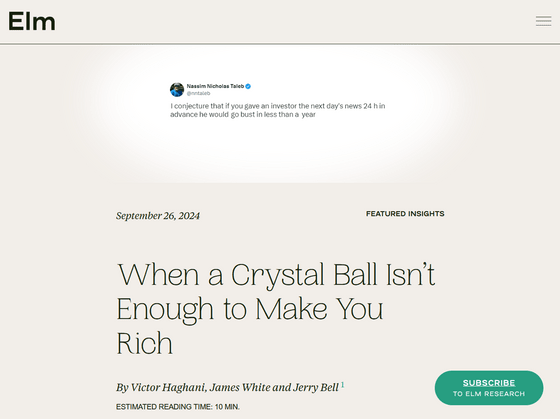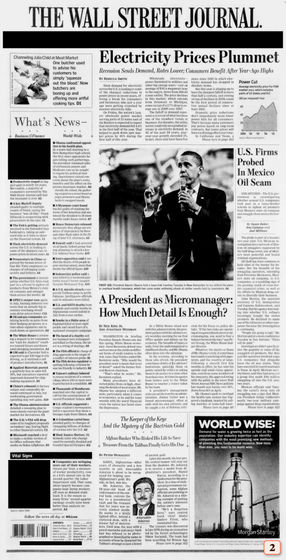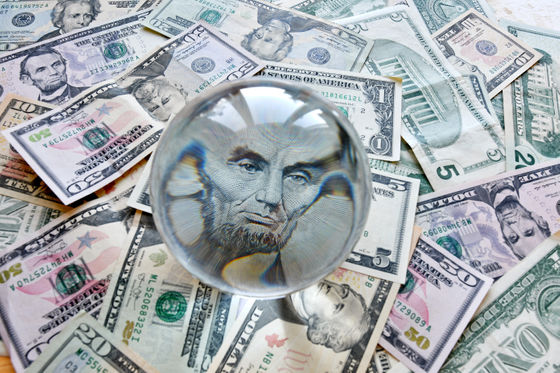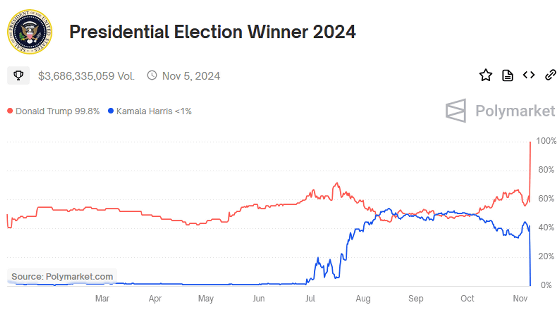What were the surprising results of an experiment in which investors were forced to 'cheat by knowing future news'?

When you lose money on investments or bets, there must be many people who have thought, 'If only I could predict the future, I wouldn't lose.' However, when participants were asked to make virtual investments in a setting where they knew the next day's front page news, the results showed that they made surprisingly little profit.
When a Crystal Ball Isn't Enough to Make You Rich - Elm Partners

A crystal ball wouldn't make most of us rich
Victor Hagani of investment firm Elm Wealth and his team decided to conduct this experiment after seeing a post that predicted that if investors were given 24 hours' notice of the next day's news, they would go bankrupt within a year.
Intrigued by the post, Haghani and his colleagues conducted an experiment in which they recruited 118 young people with financial training and had them try out the investment game.
The experiment, named the 'Crystal Ball Challenge' after a fortune teller's prediction, involved giving each participant $50 (about 7,650 yen) to trade the S&P 500 index and 30-year U.S. Treasury bonds.
The game was played over 15 days, one day for each year from 2008 to 2022, and participants were allowed to use their knowledge of the future to make as many leveraged investments as they wanted. For example, participants would read the Wednesday newspaper, take a long or short position at Monday's closing price, and then liquidate their trade at Tuesday's closing price.
Below is a sample newspaper article provided to participants. Stock and bond price data have been blacked out to avoid giving away too much information.

More than 90% of the participants were elite candidates enrolled in MBA programs at four US universities, which have highly competitive offers. However, the participants ended up with an average of $51.62 (approximately JPY 79,000) in the end, and the average return was just 3.2%, which was within the margin of error.
Below is a graph of the payouts that participants ultimately received, with the horizontal axis showing the following returns from left to right: minus 100% (bankruptcy), minus 99% to minus 50%, minus 50% to no change, no change to plus 50%, plus 50% to plus 99%, and plus 100%. As a result of the experiment, 16% of the participants went bankrupt with zero funds, and the proportion of people who suffered losses reached about half, or 45%.

Of the 2,067 total transactions, the researchers were able to correctly predict market movements based on future news 51.5% of the time, almost the same as a coin toss.
The study's disastrous results are thought to be due to participants' haphazard use of leverage. Most participants were poor at judging when and how big to go, and 'there was little logic or basis for trade-size decisions,' Haghani and his team wrote.
To win, he says, you can set simple rules for forecasting based on front-page news: for example, in the case of bonds, you should short bonds when news indicates an improving economy, rising inflation, rising energy prices, a strong euro, or a tightening Federal Reserve policy, and go long when the opposite is true.
In addition, when it comes to stock prices, there is a high probability of success if you buy when the economy is improving, inflation is receding, energy prices are rising, the euro is strong, or the Fed is easing, and if you sell when the opposite is true, it is said that it is wise to refrain from trading on days when there is no such news, or on days when both news for buying and news for selling are reported at the same time.

In a simulation of this approach, the success rate of stock trading was 58%, and that of bond trading was 64%, with an average return of 6.1%. Furthermore, when five professionals from banks and hedge funds were asked to take the crystal ball challenge, none of them went bankrupt, the average success rate of trading was 63%, and the final assets were an average of 2.3 times what they had at the start.
You can take part in the Crystal Ball Challenge by clicking the link below.
Crystal Ball Trading Challenge - Elm Partners
https://elmwealth.com/crystal-ball-challenge/
In this experiment, participants were provided with The Wall Street Journal, an American financial newspaper. The Financial Times half-jokingly commented, 'If the crystal ball the participants looked into was salmon pink, it goes without saying that they all performed well.'
In addition, author Nassim Taleb, who posted the prediction that led to the experiment on social media, posted on X (formerly Twitter) that 'My hypothesis that advance information does not work has been proven by Haghani and his colleagues. In fact, they cannot know in advance what the noise will be, so they overestimate the information and are therefore unable to make full use of advance information.'
FOOLED BY RANDOMNESS
— Nassim Nicholas Taleb (@nntaleb) September 25, 2024
My conjecture, expressed on X, that pple w/news in advance don't do well has been tested by Haghani et al.
Indeed they failed to really capitalize on information 1) you don't know beforehand what is noise, & 2) overestimate the information (sizing) pic.twitter.com/6pcwrrVOgf
Related Posts:
in Note, Posted by log1l_ks







